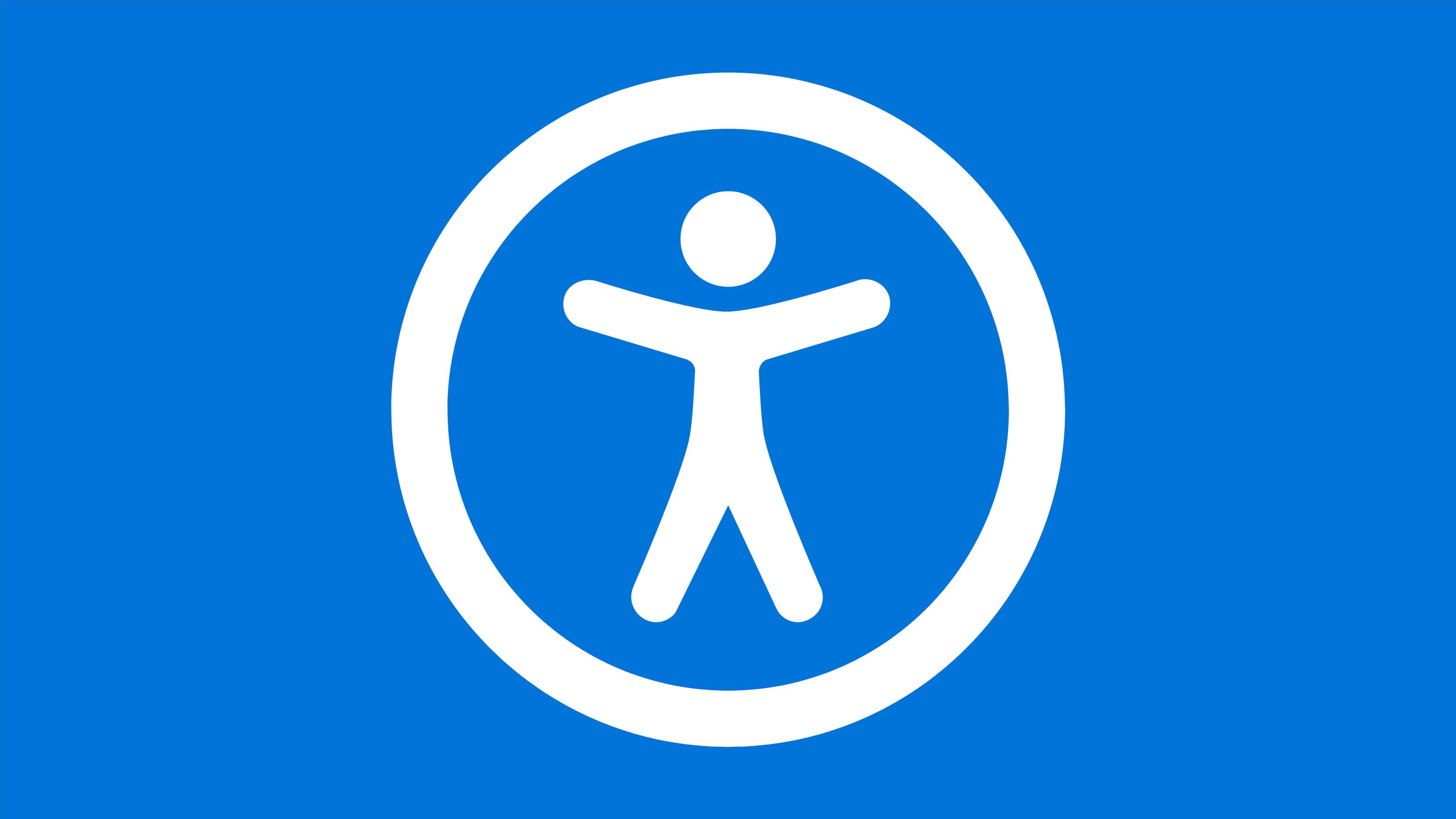User Experience, Usability, & Accessibility
How does accessibility relate to usability and user experience?

Contents
Introduction
Earlier in this blog series, in “Let’s Disambiguate Some Terms,” I drew a rough distinction between accessibility and usability. I wrote:
I think, strictly speaking, accessibility refers to whether someone is able to use something at all (sort of like a binary on/off switch), while usability refers to how easily and intuitively someone can use something (sort of like a zero to one hundred slider). In practice, I think usability considerations are often intertwined with accessibility considerations, and they may not always be easy to separate.
In this post, we’re going to explore in more depth the similarities and differences between accessibility and usability as well as the related concept of user experience (UX).
Accessibility is about whether or not someone, particularly someone with a disability, is able to use or access something. Usability is more concerned with ease of use. Whitney Quesenbery breaks down usability into “5Es”:
- Effective
- Efficient
- Engaging
- Error Tolerant
- Easy to Learn
There is also an ISO definition of usability:
The extent to which a system, product or service can be used by specified users to achieve specified goals with effectiveness, efficiency and satisfaction in a specified context of use.
How does accessibility relate to usability?
If something is highly useable to a person with disabilities, by definition it’s accessible to them. If something isn’t accessible to a person with disabilities, it won’t be usable for them. Accessibility is a necessary but insufficient condition for usability.
An important part of making sure something is usable is usability testing, and an important part of making sure something is accessible is usability testing with people with disabilities. When planning and conducting usability testing, it’s important to consider and include users with disabilities. That way, the end product can be usable — and accessible — to everyone (or at least to as many people as possible).
What about user experience (UX)?
UX is a growing field concerned with a person’s overall experience with a product, service, or environment. UX is a broader concept than just usability. UX is concerned with a person’s experience using something for the first time and subsequent times, but UX is also concerned with how a person first becomes aware of something, how they access or acquire it, and how they feel about it overall. Peter Morville breaks down UX into these seven qualities:
- Useful
- Useable
- Desirable
- Findable
- Accessible
- Credible
- Valuable
Under Morville’s schema, accessibility and usability are two pieces of UX. If you’re a UX designer, accessibility and useability are part of your job.
Even though accessibility can fall under usability and UX, accessibility can also be considered as its own field. As I wrote in my earlier post titled “Let’s Disambiguate Some Terms”:
For some people, accessibility is their whole career path. For others, it’s just a part of what they do. It’s helpful to have some people who specialize in accessibility, but it’s also important to have many others who are aware of accessibility fundamentals and who can help create accessible experiences, even if it’s not their core responsibility.
For folks who specialize in accessibility, I think it’s likewise important to know something about usability and UX more generally. That’s because intuitive and usable designs can help improve accessibility, and because you should perform usability testing with people with disabilities to confirm that what you’re creating really is accessible.